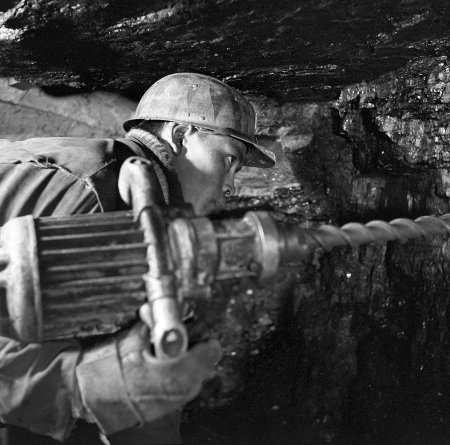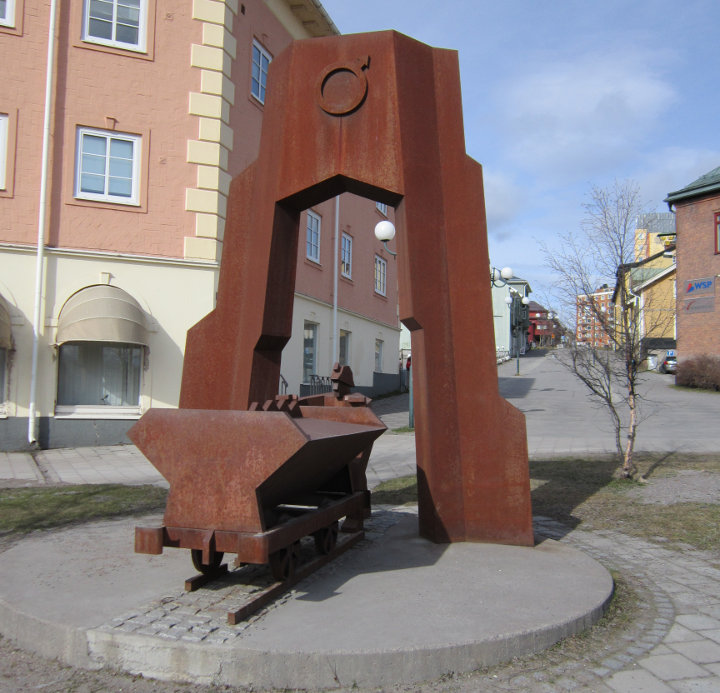Affective economies: How are places, communities and identities constructed? (RT 5)
For centuries, extractive industries in the Arctic have been addressed, managed, encouraged, protested against and wished for.


Affective economies: How are places, communities and identities constructed? (RT 5)
For centuries, extractive industries in the Arctic have been addressed, managed, encouraged, protested against and wished for. The primary paradigm fuelling these discussions has focused on economic development. Research has thus tended to be directed toward understanding the trade-offs (e.g. environmental), barriers (e.g. infrastructural) and potentials (e.g. employment) involved with particular projects. Less attention has been given to how past, present and future extractive industries have been entangled in people’s active rethinking and reimagining of histories, places, communities, political relations, aspirations and personhood.
This research task investigates the influence and impacts that spring from people’s creative cultural, social and political engagements with extractive industries and how these interact with how the industries are anticipated, planned, managed and run. Investments in mining can be seen as commitments to different futures for communities at all scales. The research task addresses the co-construction and cultural translations that take place in a contested field invested with emotions, memory, anticipation and expectations, drawing on community fieldwork, stakeholder interviews, political documents, media representations and public narratives.
Large image: Qullissat, Greenland 1956. Photo: Jette Bang. Copyright: Arktisk Institut
Small image: “Gruvarbetaren”. Sculpture in Kiruna by Thomas Qvarsebo. Photo: A. Nilsson, 2012.



